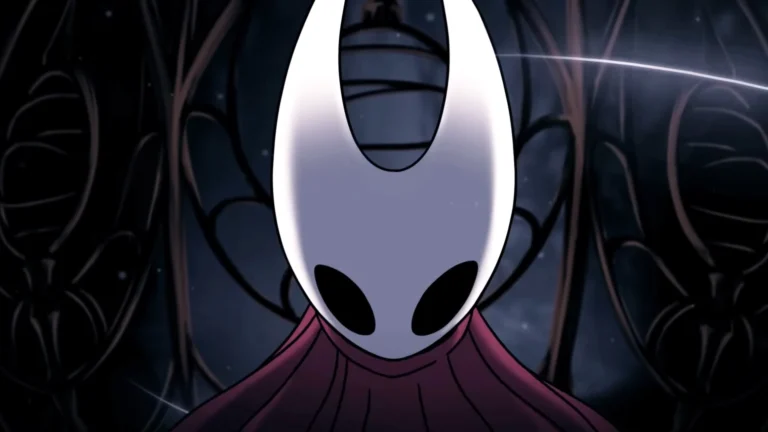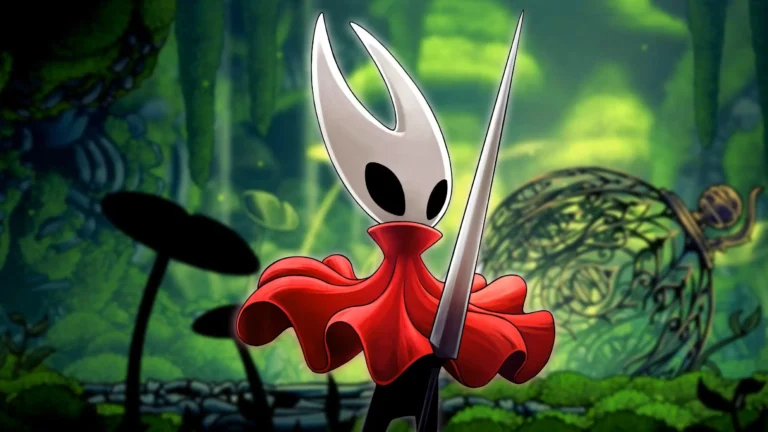Chris Wilson’s YouTube Debut Starts with a Diablo Legend
In an unexpected turn of events, Chris Wilson, co-founder of Grinding Gear Games and lead designer for Path of Exile (POE) and Path of Exile 2 (POE2), has launched a personal YouTube channel. In the very first video, he interviews none other than David Brevik, co-founder of the Diablo franchise.
We highly recommend watching the full interview. It’s a deep dive into how game design has evolved over the decades.
Why Diablo II Still Matters 25 Years Later
Diablo II had a monumental impact on the gaming world and introduced key mechanics that have influenced countless RPGs and other games. Features such as color-coded loot tiers, randomized affixes, and skill trees were all popularized by Diablo II, which shaped the gaming landscape in ways that many may not fully appreciate. Chris Wilson, with his deep ties to the development of Path of Exile, has a unique perspective on the significance of Diablo II within the gaming community.
It is both entertaining and insightful as David Brevik shares memories of his work on Diablo II, discussing the challenges they faced at the time compared to today’s standards. One notable topic Brevik discusses is how bug fixes were managed, emphasizing that the absence of overwhelming online voices meant that issues did not escalate as quickly as they might today.

The Kind of Conversation Devs Rarely Have Publicly
Another moment that stands out is Brevik’s pure hatred for the stamina bar in Diablo II, stating, “I hate the stamina bar… it makes me cringe every time.” He explained that the stamina bar was intended to prevent players from simply sprinting past combat: “It was supposed to be, ‘Hey, we just don’t want you running away from the enemies all the time. We’ve got to limit your ability to constantly run away.”
In contrast, Wilson, whose entire game design and development career has been defined by being a massive Diablo II diehard, views the stamina bar as a “mastery mechanic.” The whole exchange shows how two ARPG legends can have completely different perspectives on a single mechanic, which can lead to distinct goals or ideals for gameplay.



